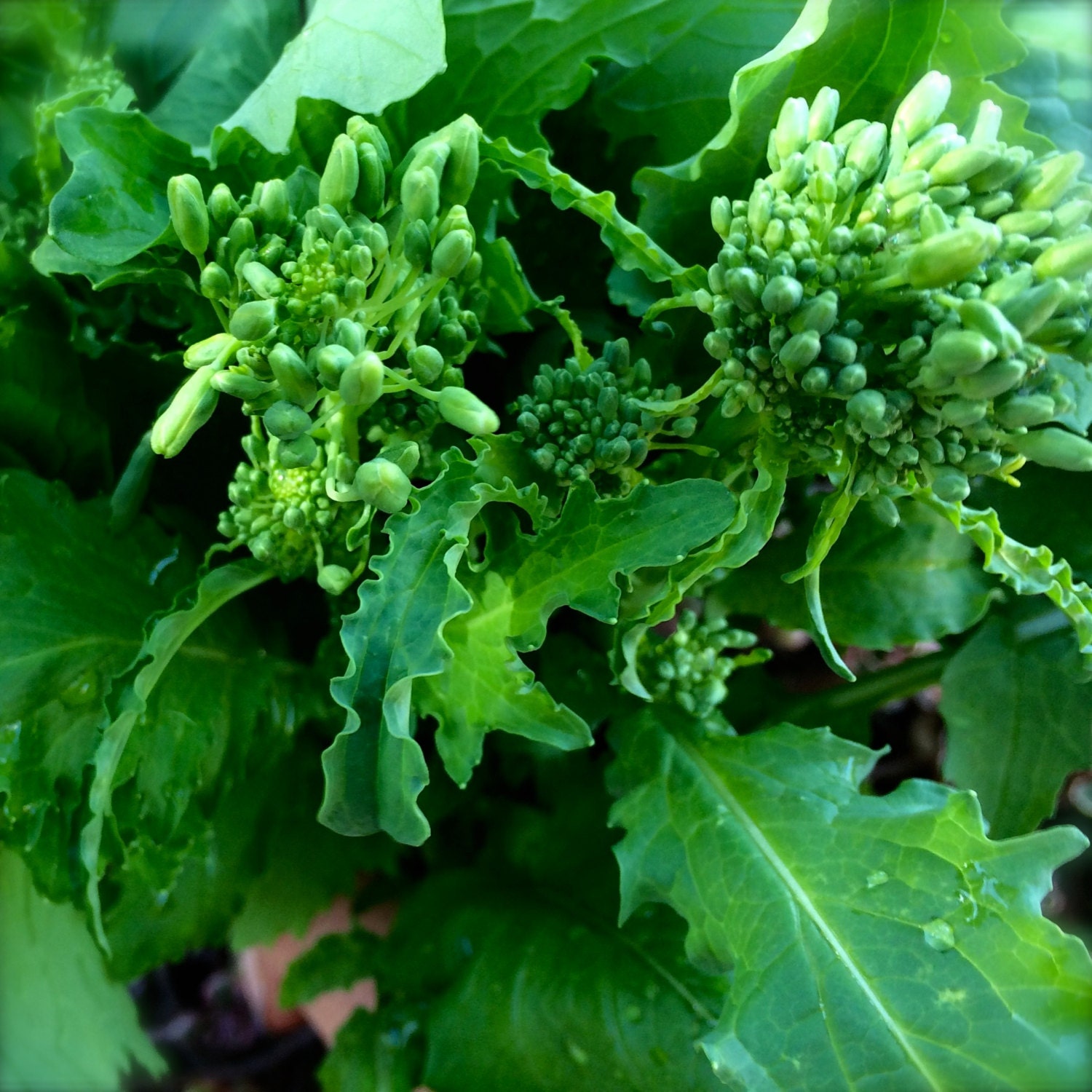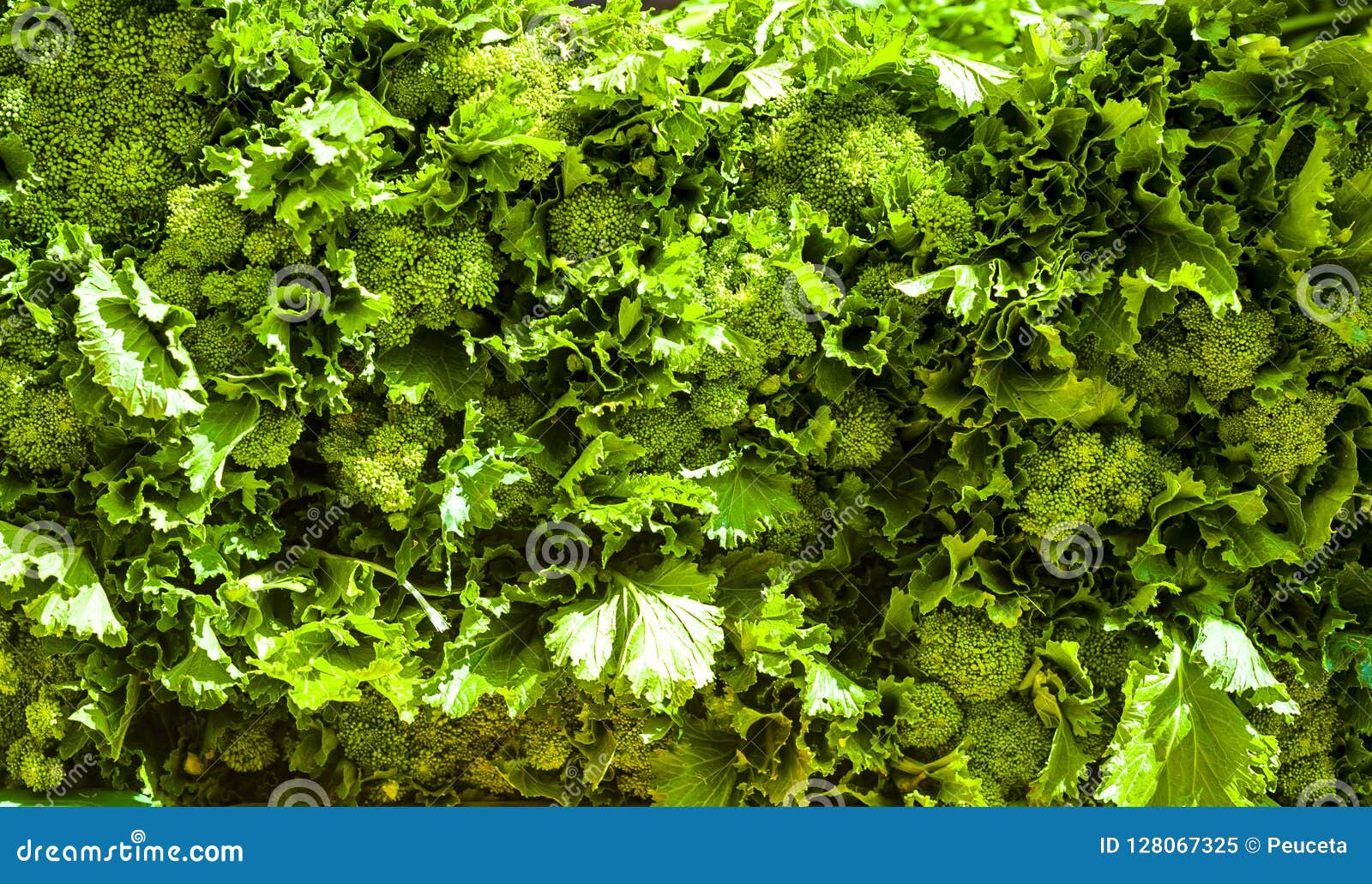

Rake the compost into the soil and dig a long furrow in the seedbed. Apply a layer of mature compost to the surface of the soil. Prepare your seedbed well after your area's last frost date. It should be protected from cabbage white butterflies laying eggs on them and any insects with slug pellets or barriers by covering it with netting and also to protect it from wind rock. Shallow, sandy soils, soil that is too acidic and exposed sites is not advisable for this plant. Sprouting Purple Broccoli is an excellent veggie choice to plant and it grows best in partial-shade, in firm, fertile, free-draining but water-retentive soil. Broccoli can be boiled, steamed or stir-fried. Use shade fabric to extend summer harvests. Flavor improves with cooler temperatures. But if you harvest secondary heads you will get a greater total yield from the closer spacing. Closer spacing will produce smaller central heads. Use wide spacing if you want to harvest large central heads.

Provide a windbreak to reduce transplant shock and moisture loss. When transplanting, protect transplants from hard frosts with newspapers, plastic cones, paper bags, or baskets. If containers, allow 18" to 24" between each plant and seed thinly using row cover for protection if in bed planting.

If you plant in rows, start seed indoors about 4 weeks before transplanting outdoors, or direct seed outdoors using season extenders such as wall-o-waters for protection. If soils are heavy or tend to be wet, a raised bed is recommended. It is also a very disease resistant, very hardy and very prolific producer of large dark green heads. Broccoli prefers well drained fertile soils high in organic matter. Very easy to grow, plants grow erect and leafy: 30-36" in height. This is an excellent autumn crop for cold climates that can be used either fresh or frozen. Beets also make a great flavor and color addition to soups such as borscht, and stews. When thinning, thin the growing beets to spaces of 2 inches as early as possible so it will produce 3 to 5 plants in a tight clump.Īfter growing beets, serving ideas include to serve hot, cooked, sliced beets in an orange sauce or with dollops of sour cream. Cover, water well and label - when the seedlings are about 2cm high, remove the weakest of each pair to leave one beetroot seedling every 10cm. Two seeds can be sown together if you want a strong row without breaks. Hard compacted soil like clayey soil should be avoided since it will hamper root development.ĭuring seedling, make a 2cm deep trench with the corner of a rake or a cane will do, and drop in seeds every 10cm. Then ensure that the soil is evenly moist by checking it with a garden fork. Allow the garden soil to stand for a day or two. Prepare the soil by working in the compost, removing stones and pebbles and wetting it thoroughly. It also does well in garden soil where Brassicas such as cabbages or Brussels sprouts have been cultivated and are ideal for crop rotation with these crops. Beetroots are not sensitive to heat they are resistant to cold but will grow at a slower rate during winter. While in-ground broccoli raab plants may be able to survive a light frost, container grown specimens normally don't fair as well.Beetroots is a cool weather vegetable crop and will grow any time of the year as long as the moisture content of the garden soil is kept constant. *If temperatures fall, or will fall below 40☏, take the broccoli raab plants indoors.

After a period of 6-9 days, the broccoli raab plants should be fine to remain outdoors. Harden off the plants by placing them outside for increasing amounts of time each day, taking them in after each visit outdoors. Now, the broccoli raab plants may begin the transition from indoors to out. At this point in the overall timeline, it should be about a month before the average last frost.Continue to provide light during this time. Keep the newly transferred plants indoors for the next couple of days while they grab root in the soil.When the transplants are in the soil, gently push down around them and water in well. When the holes are dug, begin the process of gently transferring each broccoli raab seedling into their final positions.Keep in mind that broccoli raab should be spaced at least one inch from the container wall and 4-6 inches from each other to prevent crowding. Dig holes according to the number of broccoli raab transplants you wish to plant in your pot.Fill the container with your potting soil mix and gently pat it down. For my final container, I've chosen a 3.3 gallon rectangle planter measuring 16"x7"x7". Select a container to transplant the broccoli raab seedlings into.


 0 kommentar(er)
0 kommentar(er)
